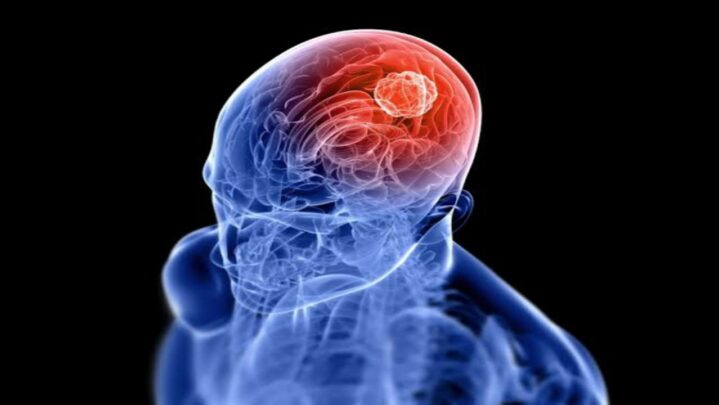Stroke can be avoided. Simple lifestyle adjustments and the incorporation of basic healthy habits can help prevent stroke.
While traditional medicine has achieved tremendous progress in stroke prevention and recovery, lowering the burden of stroke in India would require an integrated, comprehensive approach based on natural methods. To avoid a stroke, you don’t have to live like a monk or practice like a professional athlete. Stroke can be averted by making small lifestyle adjustments and embracing healthy habits. Here are ten natural ways to reduce your risk of stroke.
1. Healthy Balanced Diet
Stroke prevention begins with a well-balanced, nutritious diet. To reduce the risk of blood clots in the artery, it is necessary to reduce the quantity of fat in the diet (both saturated and trans fats). To avoid a stroke, a healthy diet should include enough fruits, vegetables, nuts, whole grains, seeds, and beans.
2. Physical Exercise
Another key factor in reducing the risk of a stroke is regular exercise. Swimming, running, yoga, riding, and other cardiovascular exercises raise healthy cholesterol levels in the body and strengthen the arteries and heart’s resiliency. Every day for 30 minutes, moderate activities such as biking, walking, or yoga are recommended.
3. Reduced Salt Consumption
Adults who consume fewer than 5 grams of salt per day have lower blood pressure and a lower risk of cardiovascular disease, stroke, and coronary heart attack. The primary advantage of reducing salt intake is a reduction in high blood pressure.
4. No Smoking
Cigarette smoke contains nicotine, which thickens the blood and makes it more prone to clotting. Smoking has been related to aneurysms, lung disease, heart disease, and cancer. Smoking doubles the risk of an ischemic attack and quadruples the risk of a hemorrhagic stroke. The carotid artery, which is the major blood vessel to the brain, develops atherosclerosis (fatty deposits).
5. Weight Loss
Studies have indicated that those with a BMI (Body Mass Index) of over 30 are two to three times more likely than those with a normal weight to develop a stroke (a BMI of less than 25). Obesity also brings with it a slew of comorbidities, including diabetes and high blood pressure, both of which increase the risk of a stroke. As a result, physical workouts must be incorporated into one’s daily regimen.
6. Physical and mental stress should be avoided
Strokes can be exacerbated by stressful situations. Stress can be caused by a lack of sleep, long work hours, chronic emotional stress, or physically demanding duties, all of which release hormones that raise blood pressure and increase the risk of blood clotting. Yoga helps to overcome feelings of wrath, resentment, hostility, or repressed enmity, all of which might contribute to the risk of stroke, by reducing stress levels through meditation.
7. Diabetes must be managed
Diabetes is related to an improved risk of stroke. Blood arteries are damaged by high blood sugar levels, making it more probable for clots to form. It is critical to maintaining diabetes under control in order to avoid strokes. Follow a nutritionist’s advice, monitor blood sugar levels, and make other lifestyle adjustments including exercising and eating a balanced diet.
8. Good Night’s Rest
Getting an adequate quantity of sleep on a regular basis is critical for those who want to lower their risk of stroke. People over 45 who receive less than 6 hours of sleep have a higher prevalence of stroke symptoms, according to researchers at the University of Alabama.
9. Maintain a positive outlook
According to Harvard University researchers, those who have a cheerful attitude are less likely to have heart attacks or strokes. According to studies, those who scored highest on optimism and vitality had a 50% lower risk of cardiovascular disease.
Also Read: Kalamkari Is Such A Lovely Fashion Find, Check Out





